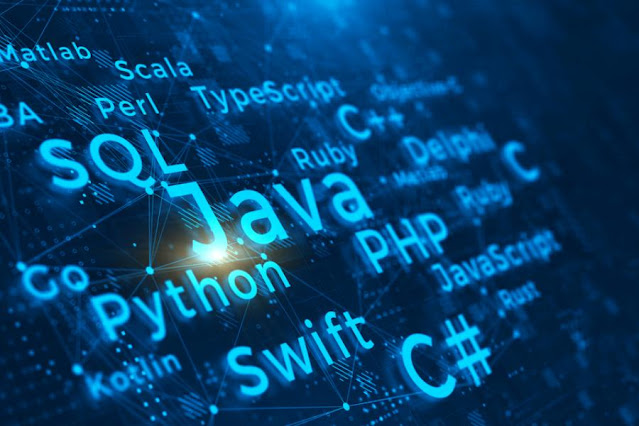Programming Languages for Developing Blockchain Applications
Blockchain technology has become increasingly popular in recent years, and it's no surprise that developers are now exploring ways to build decentralized applications using blockchain. If you're interested in creating blockchain applications, you'll need to choose a programming language that suits your needs. In this article, we'll take a closer look at some of the top programming languages for developing blockchain applications.
I. Solidity
- Overview of Solidity
- Features of Solidity
- Ethereum smart contract development
II. JavaScript
- Overview of JavaScript
- Features of JavaScript
- Node.js and web3.js
III. Python
- Overview of Python
- Features of Python
- Pyethereum and Web3.py
IV. Go
- Overview of Go
- Features of Go
- Hyperledger Fabric and Chaincode development
V. C++
- Overview of C++
- Features of C++
- Bitcoin Core development
VI. Rust
- Overview of Rust
- Features of Rust
- Parity and Substrate development
VII. Conclusion
Choosing the right programming language is crucial when it comes to developing blockchain applications. Each language has its own unique features and strengths, so it's important to consider your project requirements and goals before making a decision. With the right language and tools, you'll be well on your way to building successful blockchain applications.
FAQs
- Do I need to learn all of these programming languages to develop blockchain applications?
- Are there any other programming languages used for blockchain development?
- Which programming language is best for smart contract development?
- Can I use multiple programming languages in a single blockchain application?
- Is it difficult to learn these programming languages?
As blockchain technology continues to evolve, the demand for skilled developers is increasing. By familiarizing yourself with these programming languages, you'll be better equipped to build innovative and secure blockchain applications. Remember to choose a language that aligns with your project needs and goals, and don't be afraid to experiment with multiple languages to find the best fit.


0 Comments